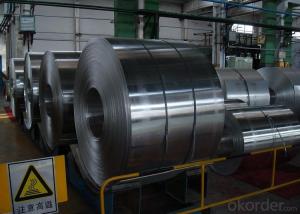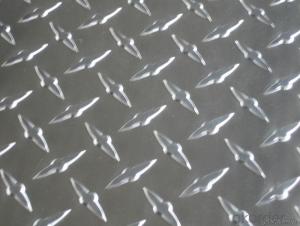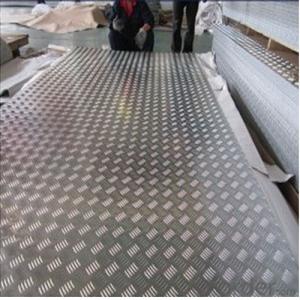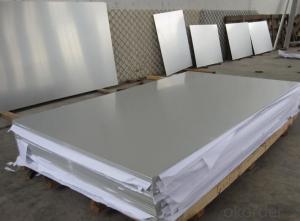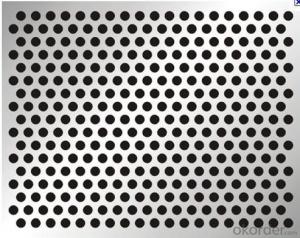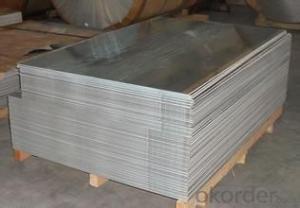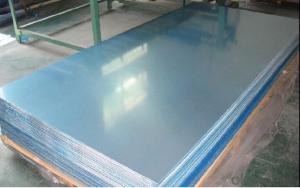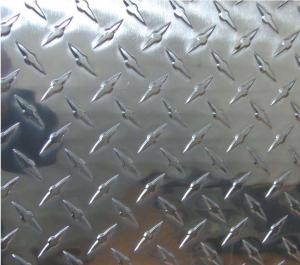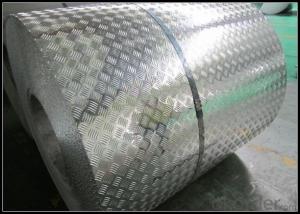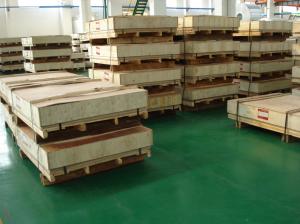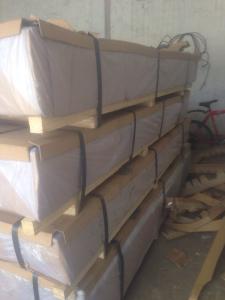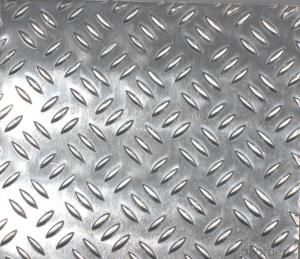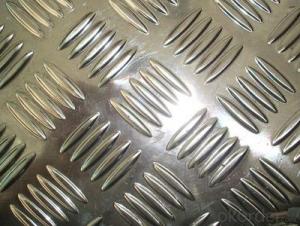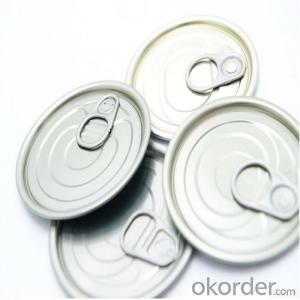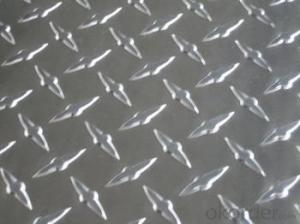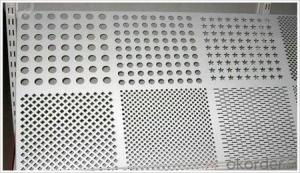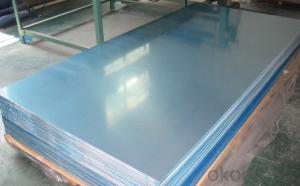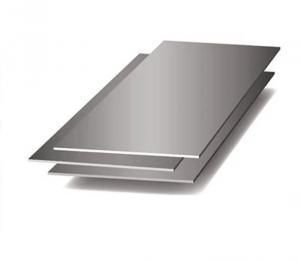Diamond Plate Sheet Aluminum
Diamond Plate Sheet Aluminum Related Searches
Aluminum Sheet Diamond Plate Sheet Diamond Plate Aluminum Diamond Plate Aluminum Sheets Sheet Aluminum Diamond Plate Sheet Of Diamond Plate Aluminum Diamond Plate Aluminum Sheeting Sheets Of Aluminum Diamond Plate Aluminum Sheet Plate 1 4 Diamond Plate Aluminum Sheet 1 8 Diamond Plate Aluminum Sheet 1/4 Diamond Plate Aluminum Sheet Diamond Embossed Aluminum Sheet Aluminum Diamond Plate Panels 4x8 Sheet Diamond Plate Aluminum Diamond Plate Box Aluminum Diamond Plate Aluminum Sheets 4X8 Aluminum Diamond Plate Strips Aluminum Diamond Plate 4x8 Sheet Aluminum Diamond Deck Plate Aluminum Diamond Plate Material 4x8 Sheet Aluminum Diamond Plate Aluminum Sheet And Plate Buy Aluminum Diamond Plate Diamond Plate Aluminum Polish Polished Aluminum Diamond Plate Polished Aluminum Sheet Aluminum Dimond Plate Aluminum Black Diamond Plate Black Diamond Plate Aluminum Welding Aluminum Diamond PlateDiamond Plate Sheet Aluminum Supplier & Manufacturer from China
Diamond Plate Sheet Aluminum is a type of aluminum sheet material that features a distinctive, non-slip surface pattern, making it highly sought after for various applications. This material is known for its durability, corrosion resistance, and lightweight properties, which contribute to its popularity in numerous industries. The unique diamond-shaped pattern on the surface provides excellent traction and slip resistance, making it an ideal choice for environments where safety is a priority.The Diamond Plate Sheet Aluminum is widely used in a variety of settings, such as commercial and residential construction, automotive, marine, and industrial applications. It is particularly popular for stair treads, flooring, ramps, platforms, and wall cladding due to its slip-resistant surface and ability to withstand harsh weather conditions. Additionally, its lightweight nature makes it an excellent choice for applications where weight is a concern, such as in the transportation and aerospace industries.
Okorder.com is a leading wholesale supplier of Diamond Plate Sheet Aluminum, offering a vast inventory of this high-quality material to customers worldwide. With a commitment to providing exceptional service and competitive pricing, Okorder.com ensures that businesses and individuals can access the Diamond Plate Sheet Aluminum they need for their projects without breaking the bank.
Hot Products


